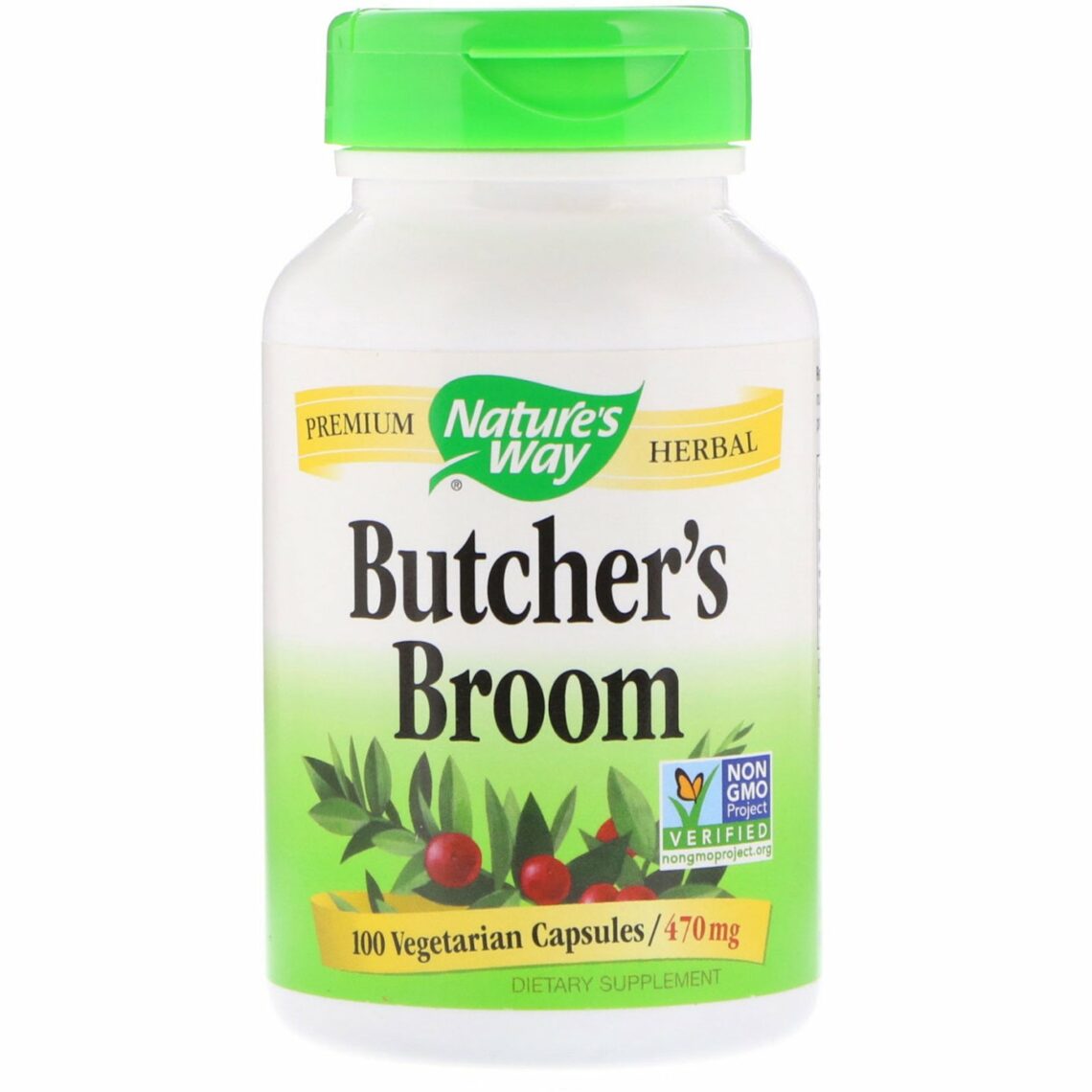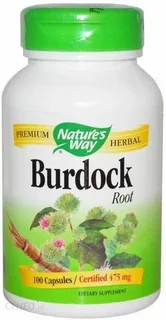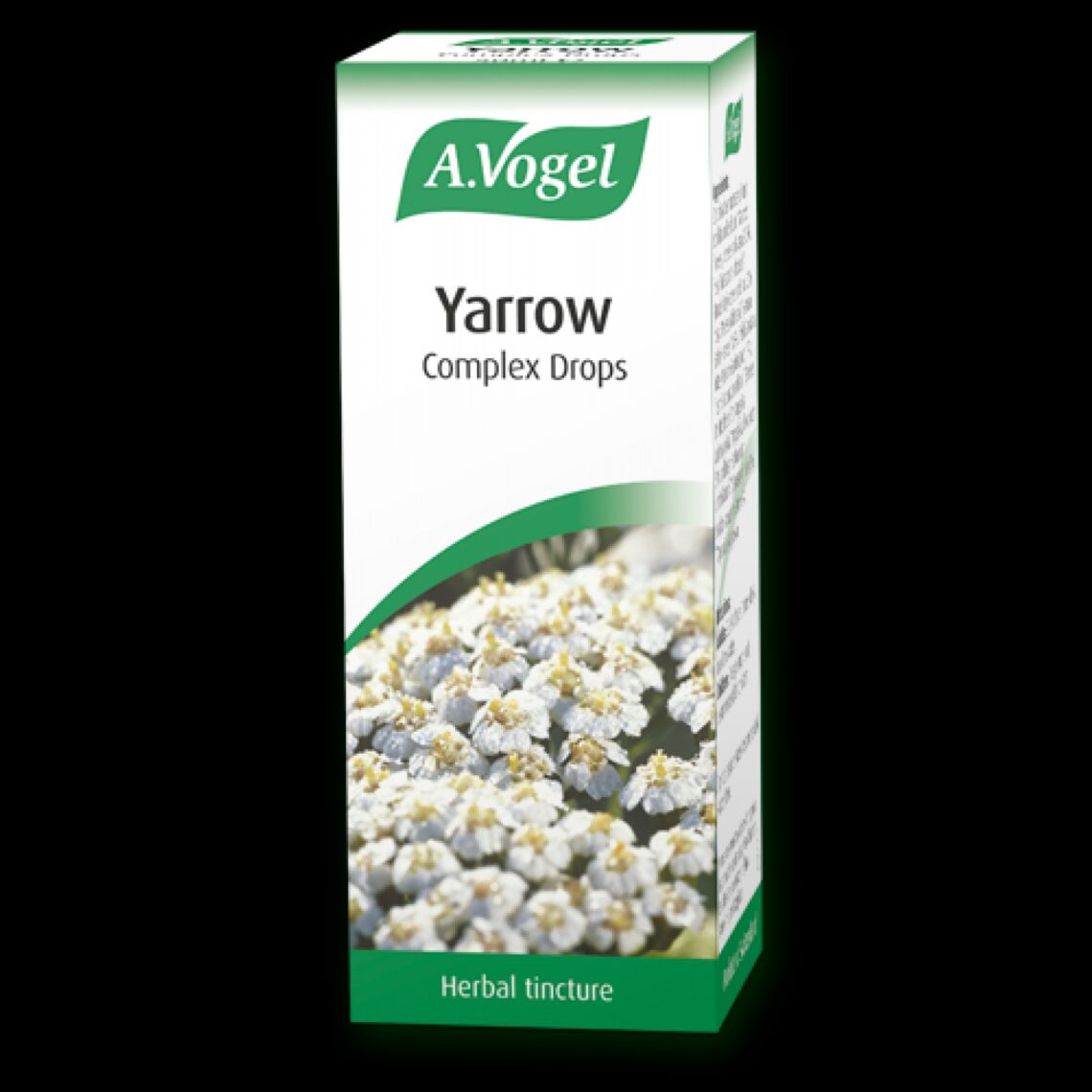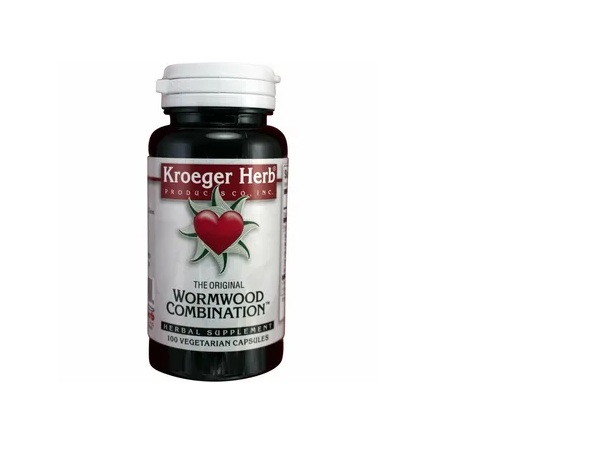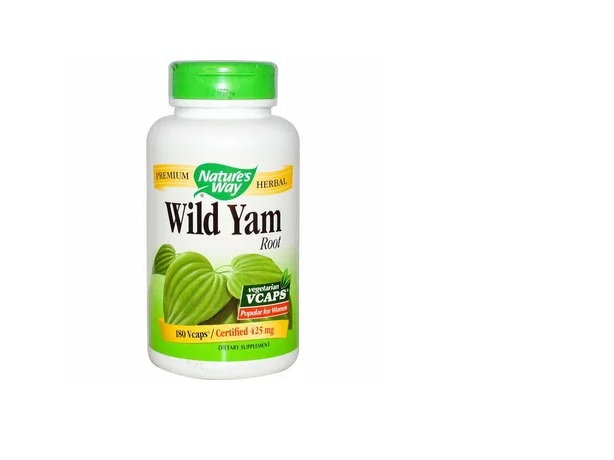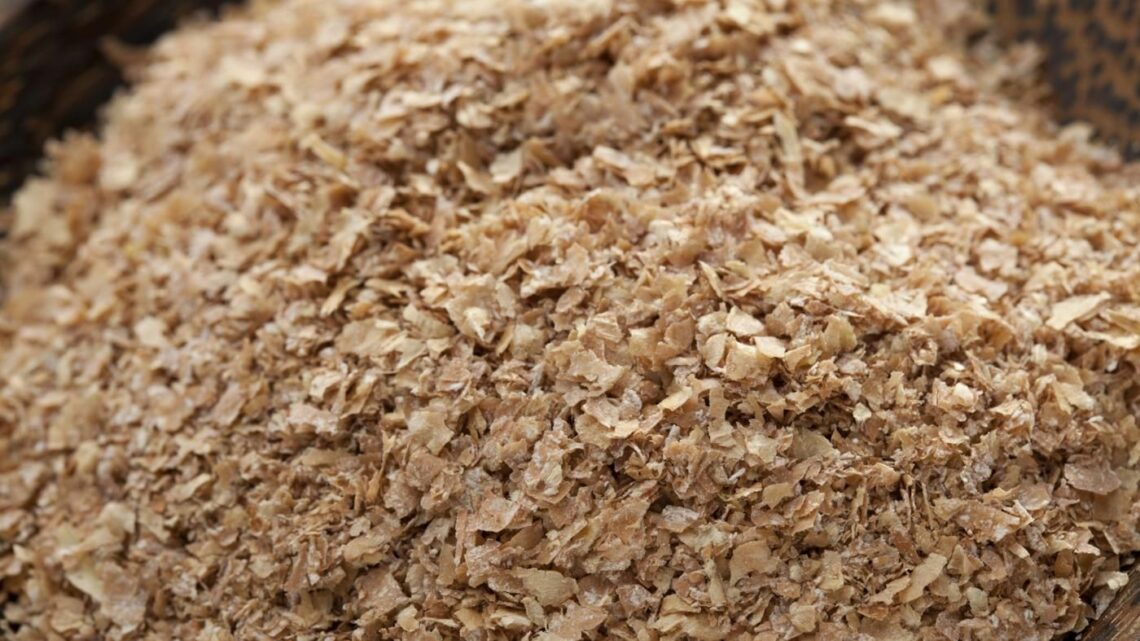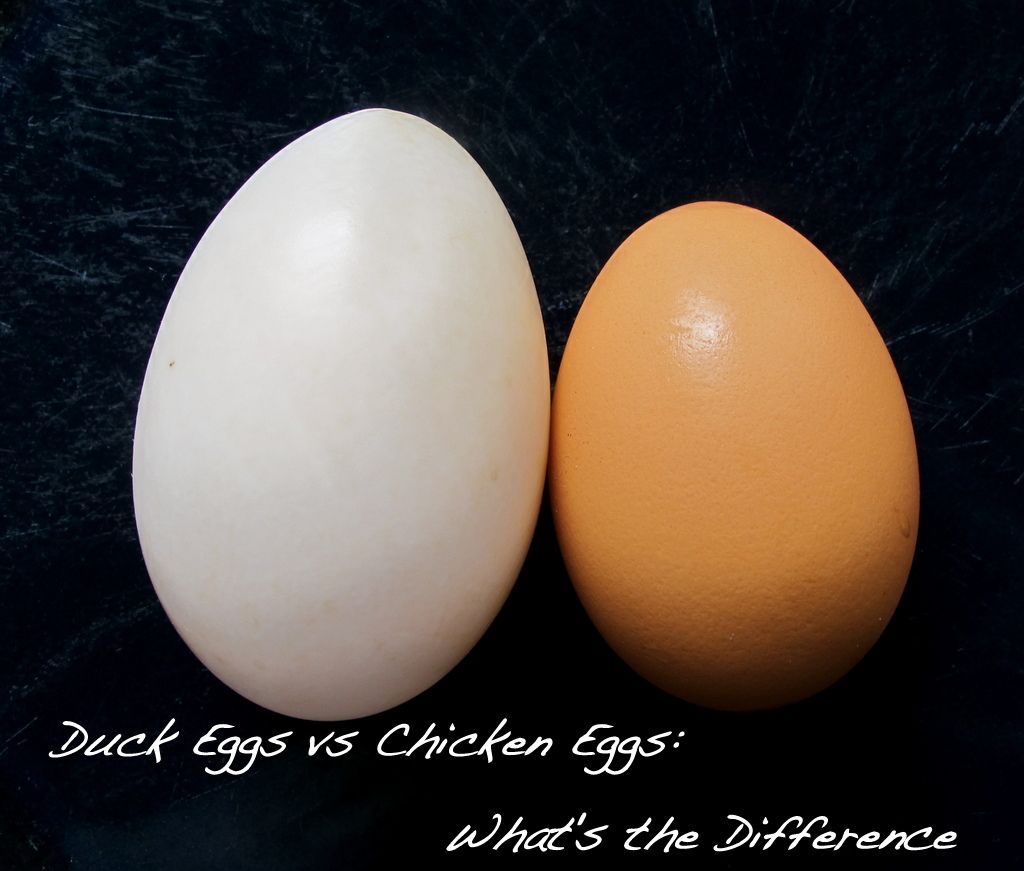Butcher’s broom, scientifically known as Ruscus aculeatus, is a perennial shrub native to Europe and the Mediterranean region. It has a long history of use in traditional herbal medicine, where it was valued for its various medicinal properties. Today, butcher’s broom supplements, typically derived from the root and rhizome of the plant, have gained recognition for their potential health benefits. This comprehensive guide explores the extensive benefits of butcher’s broom supplements, examining their traditional uses, scientific research, and practical considerations for those interested in incorporating this herbal remedy into their health regimen. Circulatory Support One of the primary benefits of…
-
-
Burdock, scientifically known as Arctium lappa, is a biennial plant native to Europe and Asia but now found in many parts of the world. It has a long history of use in traditional medicine, particularly in Asian and European cultures, where it was valued for its various medicinal properties. Today, burdock supplements, typically derived from the roots, leaves, or seeds of the plant, have gained recognition for their potential health benefits. This comprehensive guide explores the extensive benefits of burdock supplements, examining their traditional uses, scientific research, and practical considerations for those interested in incorporating this herbal remedy into their…
-
Buchu, also known as Agathosma betulina, is a small shrub native to South Africa. For centuries, the leaves of the buchu plant have been used by indigenous peoples for their medicinal properties. Today, buchu supplements, typically derived from the leaves of the plant, have gained recognition for their potential health benefits. This comprehensive guide explores the extensive benefits of buchu supplements, examining their traditional uses, scientific research, and practical considerations for those interested in incorporating this herbal remedy into their health regimen. Urinary Tract Health One of the primary benefits of buchu supplements is their ability to support urinary tract…
-
The health benefits of yellow dock supplements can be attributed to its rich composition of bioactive compounds, including: Anthraquinones Yellow dock contains anthraquinone glycosides such as emodin and rhein, which have laxative and diuretic properties. Tannins These polyphenolic compounds contribute to the astringent and anti-inflammatory effects of yellow dock, making it useful for treating diarrhea and skin conditions. Flavonoids Yellow dock contains flavonoids like quercetin and kaempferol, which possess antioxidant and anti-inflammatory properties. Vitamins and Minerals Yellow dock is a good source of vitamins A and C, as well as minerals like iron, calcium, and potassium, which support overall health…
-
The health benefits of yarrow flowers can be attributed to their diverse array of phytochemicals, including: Flavonoids Yarrow flowers contain flavonoids such as apigenin and luteolin, which possess antioxidant and anti-inflammatory properties. Sesquiterpene Lactones These compounds contribute to yarrow’s bitter taste and may have antimicrobial and anti-inflammatory effects. Volatile Oils Yarrow flowers produce essential oils rich in compounds like chamazulene and borneol, which exhibit anti-inflammatory and antispasmodic properties. Alkaloids Although present in smaller quantities, alkaloids like achilleine may contribute to the overall medicinal properties of yarrow. Health Benefits of Yarrow Flower Supplements Wound Healing and Hemostasis Yarrow has a long-standing…
-
Wormwood, scientifically known as Artemisia absinthium, is a bitter herb native to Europe, Asia, and North Africa. It has been used for centuries in traditional medicine for its various health benefits. Wormwood is particularly renowned for its potential therapeutic properties, which are attributed to its rich composition of bioactive compounds. One popular form in which wormwood is consumed is through supplements, which concentrate its beneficial components into convenient doses. In this comprehensive guide, we will explore the numerous benefits associated with wormwood supplements, supported by scientific evidence and traditional knowledge. Understanding Wormwood Wormwood is a perennial plant belonging to the…
-
Wild yam (Dioscorea villosa) is a species of yam native to North America, where it has been used for centuries by indigenous cultures for its medicinal properties. While wild yam is commonly known as a source of diosgenin, a compound used in the synthesis of steroid hormones, it also contains other bioactive compounds that contribute to its health benefits. Wild yam supplements have gained popularity for their potential to support hormonal balance, alleviate menopausal symptoms, and promote overall well-being. In this comprehensive guide, we’ll delve into the benefits of wild yam supplements, their uses, dosage recommendations, potential side effects, and…
-
Simple sugars, also known as simple carbohydrates, are composed of one or two sugar molecules that are quickly broken down and absorbed by the body. They are commonly found in various foods and beverages and provide a rapid source of energy. While they are essential for providing fuel to the body, excessive consumption of simple sugars can lead to health risks, including weight gain, insulin resistance, and an increased risk of chronic diseases. In this comprehensive guide, we’ll explore the definition of simple sugars, provide lists of foods high in simple sugars, and discuss the potential risks associated with their…
-
Wheat bran is a nutrient-rich component of the wheat kernel that is separated during the milling process of refining wheat into flour. While it is often removed during the production of white flour, wheat bran can be found in whole wheat flour and various whole grain products. It is prized for its high fiber content and numerous health benefits. In this comprehensive guide, we’ll delve into the nutrition profile, health benefits, culinary uses, and potential risks associated with wheat bran. Nutrition Profile Wheat bran is a rich source of essential nutrients, including: Dietary Fiber Wheat bran is exceptionally high in…
-
Duck eggs and chicken eggs are two popular types of eggs consumed worldwide. While they share many similarities, such as being high in protein and versatile in cooking, there are also several differences between the two. In this comprehensive guide, we’ll explore the nutrition profile, benefits, culinary uses, and other factors to consider when comparing duck eggs and chicken eggs. Nutrition Profile Both duck eggs and chicken eggs are nutrient-dense foods packed with essential vitamins, minerals, and macronutrients. However, there are some differences in their nutritional composition: Protein Duck eggs typically contain more protein than chicken eggs. A single duck…

